Not everyone knows that the term “personal” does not mean that a computer belongs to one person, but the ability to work simultaneously with one PC of one user. Currently, almost all commercially produced computers (even those that are used as servers) are called personal because of their small size. But it was not always so.

Contents
The world’s first computer: what is known about it
The task of automating mathematical calculations is not new, but in ancient times it was about the simplest operations – addition and subtraction of relatively small numbers. The Chinese were the first to think of the counting, and interestingly, they used the number 5 as the basis of their counting device. Later, similar accounts appeared among the ancient Greeks, such abacus were made from wooden planks, and pebbles were used as a tool for counting.
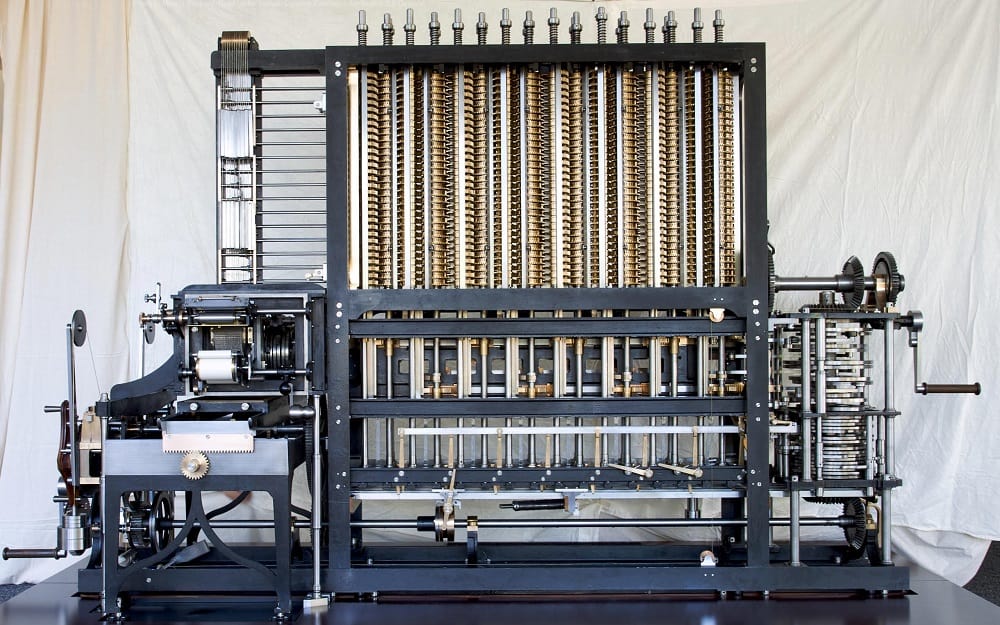
Of course, counting is not even a prototype of a computer, but the next breakthrough had to wait a long time. It was only in 1642 that Blaise Pascal came up with a more advanced version of the calculator based on the mechanism of gears. But still this device could only add and subtract.
Just 30 years later, the mathematician Gustav Leibniz invented his own version of the adding machine, which could multiply and divide. There was a lull again, ending in 1822 when Charles Babbage built a small difference engine that could compute with 18-bit numbers. And then he took up the construction of an analytical machine, which was conceptually already in many respects similar to the first computers that appeared much later – that is, it provided for the presence of memory, registers, an analogue of a processor, and even input-output devices. For various reasons, the work was not completed. It was only a century later that von Neumann developed the concept of a stored program, which formed the basis for future computers.
A brief history of the creation of a computer in the modern sense of the word:
- 1939 – the creation by the German Konrad Zuse of an electromechanical device designed to calculate aerodynamic performance in aircraft construction;
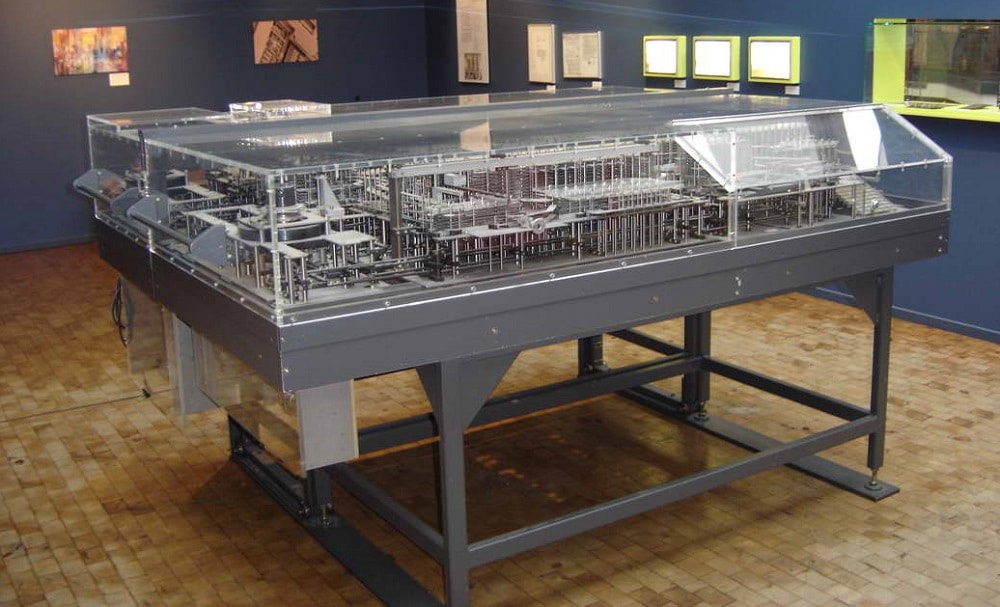
- 1940 – Englishman Alan Turing develops his own version of an electromechanical machine designed to make it easier to break the Enigma cipher used by the Germans;
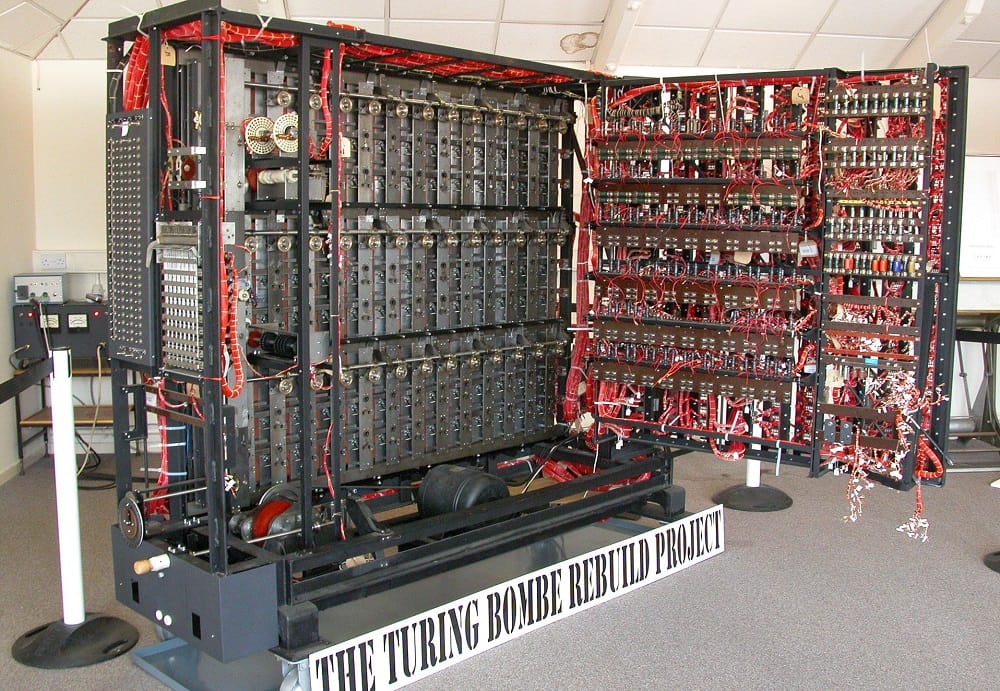
- 1941 – the year when the first programmable computer called “Mark 1” appeared, based on Babbage’s drawings (developed by IBM specialists under the guidance of mathematician Howard Akson);

- 1942 – creation by the engineer from the USA John Atanasov of the first all-electric computer (powered by a relay) capable of solving linear algebraic equations;

- 1946 – the appearance of the first tube device ENIAC, which was used to calculate ballistic trajectories.

In principle, it is ENIAC that is considered the first real computer capable of operating three orders of magnitude faster than relay analogs. But it also had a lot of shortcomings: it consisted of almost two tens of thousands of lamps, occupied a huge room, weighed about 30 tons and often broke. In addition, it took a lot of man-hours just to get it ready for work.
The invention of the transistor in the 1960s proved to be the revolutionary event that spurred the evolution of computers. The second generation acquired external memory, more convenient and efficient devices for input / output of programs and data were developed, multiprocessing appeared, which made it possible to significantly increase the performance of computing devices
But the real breakthrough is the appearance of integrated circuits, which made it possible to place the heart of a computer on a small chip – a processor with already programmed logic. It is the third generation that is called the era of the emergence of small-sized computers that fit on an ordinary table.
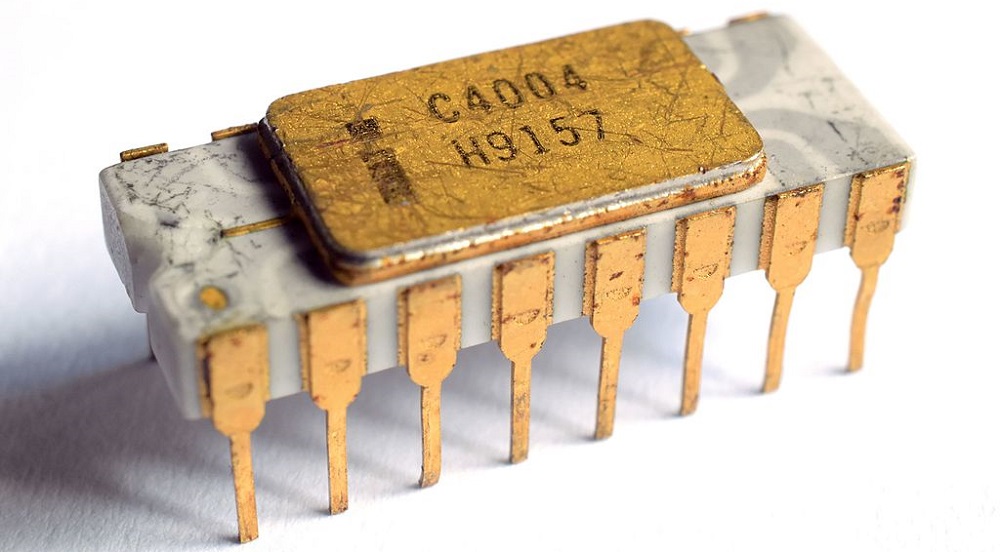
In 1971, Intel developed the first 4-bit I4004 microprocessor, and two years later a more mature product appeared – the I8008 microprocessor with a double bit width, which became the first standard in this area. And already in 1975, the first personal computer based on the I8008 processor, Altair-8800, appeared, which gave a powerful impetus to the further development of the industry.
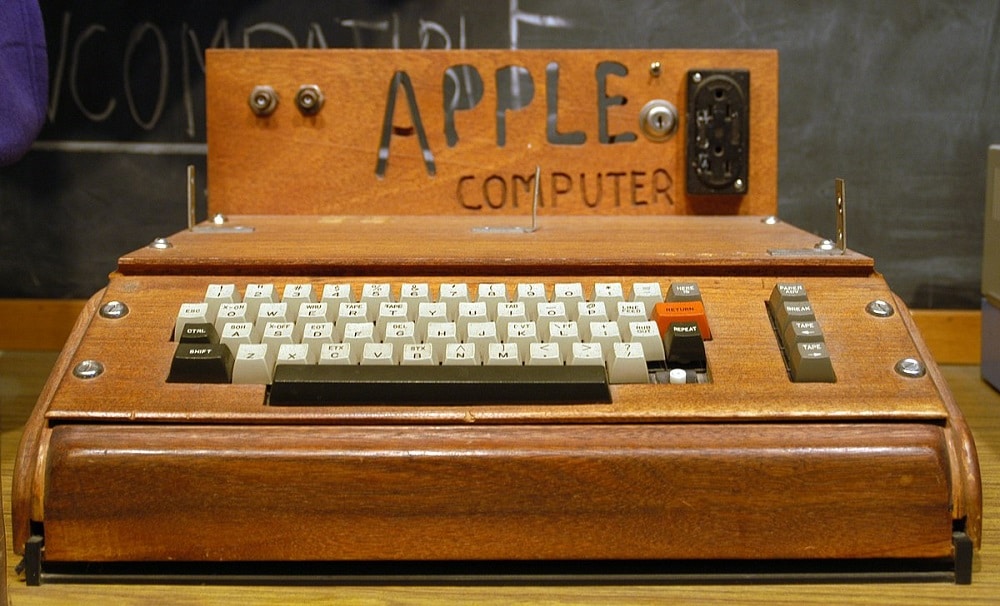
A number of companies, famous and new, have entered the promising race. In 1976, Apple presented its first development, and in 1981 the IBM PC appeared – a personal computer, the architecture of which became the de facto standard in the computer industry for many years. Even today, about 90% of PCs are IBM-compatible computers.

In 1979, the Grid System company released the first portable computer, the Grid Compass, which gave rise to a separate direction – the production of laptops – stand-alone PC counterparts.
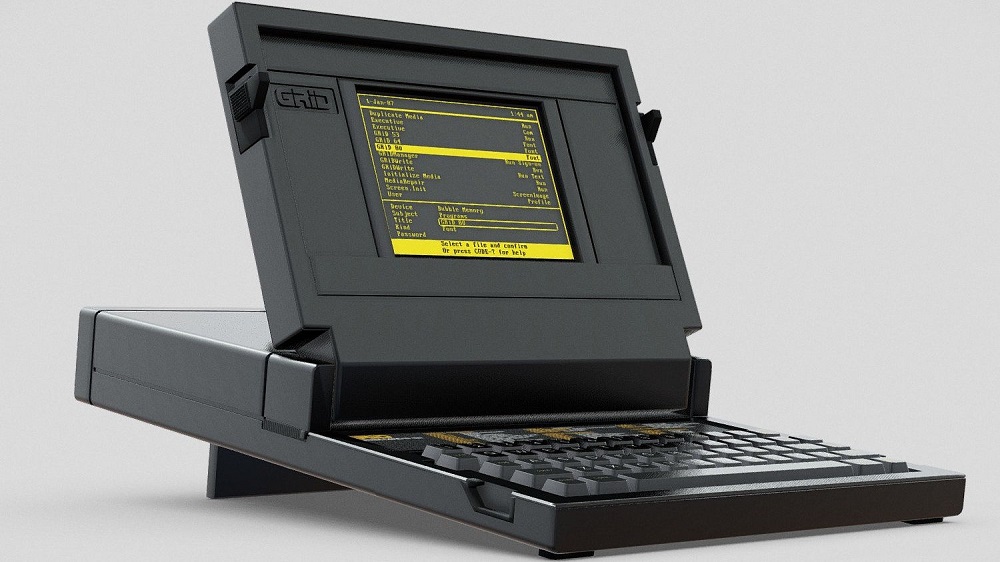
Who invented the first computer
If we talk about architecture, then it was Charles Babbage who is called the man who first came up with the concept of a computer, a device capable of automating complex calculations much faster and much more reliable than a person. In his time, this was very important when calculating trigonometric and logarithmic tables, in which there were many errors associated with the human factor. Babbage’s difference calculator became a working prototype, which made it possible to perform calculations with an accuracy of ten decimal places.
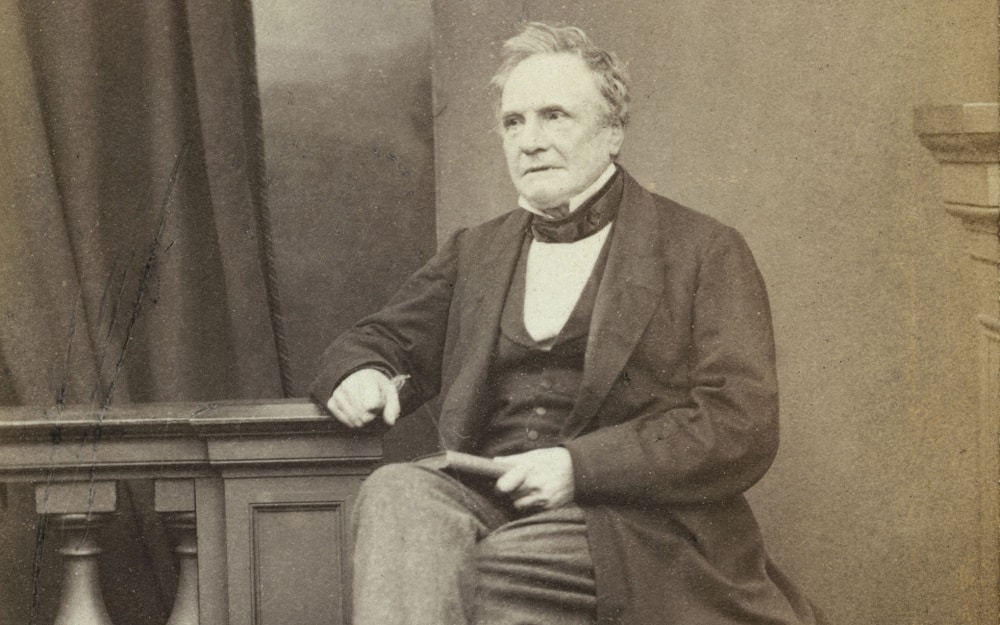
Among the developers of the first computer, many people call the German Konrad Zuse, who created the Z1 mechanical calculator with an electronic drive, in which the binary number system was used for the first time in history – it is this system that is used in all modern computers.
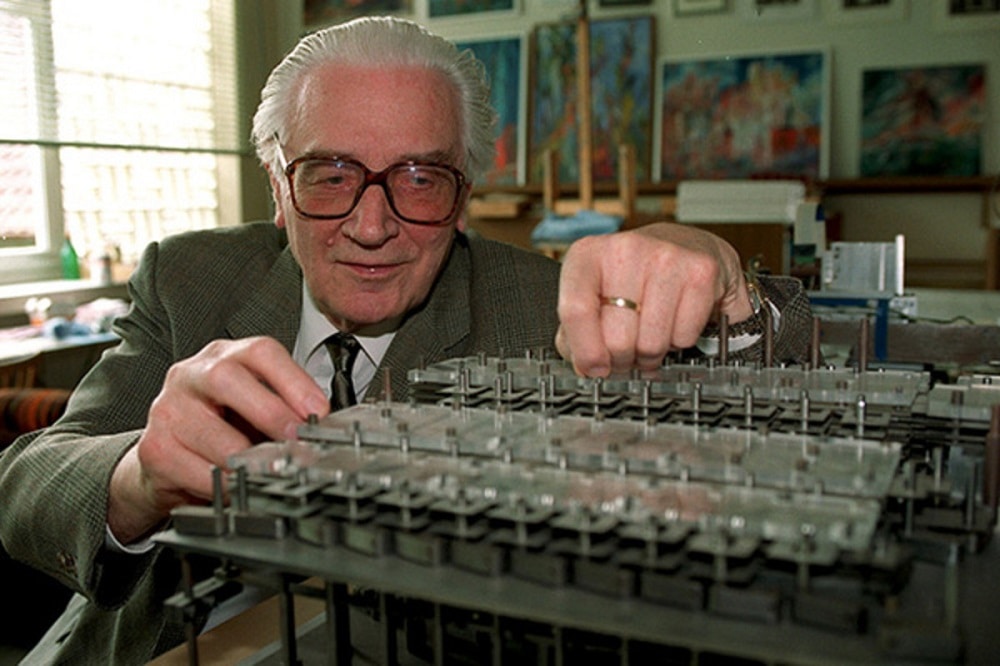
John Atanasov is considered the first in the world who invented the first electronic computer, completely devoid of mechanical parts, in a computing device.

It is impossible not to mention the names of Alan Turing and John von Neumann, who made a significant contribution to the development of computer architecture in terms of the program code stored in memory. Until now, the specialized literature uses the terms “von Neumann architecture” and “Turing test” (the latter refers to the problem of artificial intelligence, which is still far from being fully implemented).
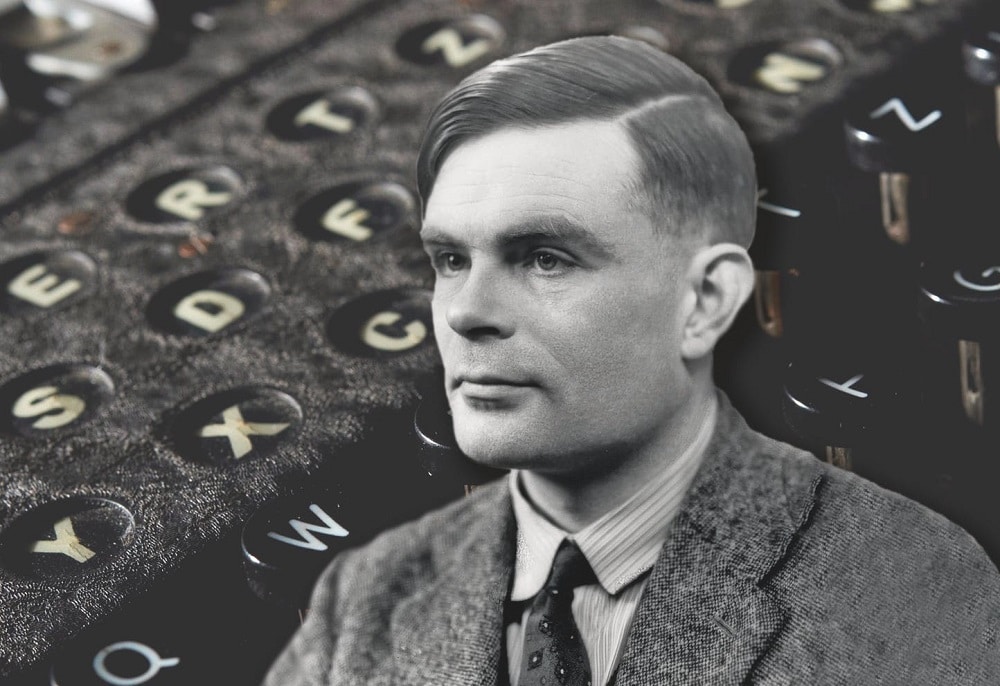
As for the appearance of the first personal computers, here the merit of individual personalities turned out to be not so great. The miniaturization of the element base, the development of integrated circuits and microprocessors allowed many companies to develop their own versions of PCs. At first, these were generally sets of components, which were sold in the form of constructors, which had to be assembled independently, and the users themselves had to write programs.
Later, IBM and Apple got down to business, the competition between which was waged with varying success for decades.
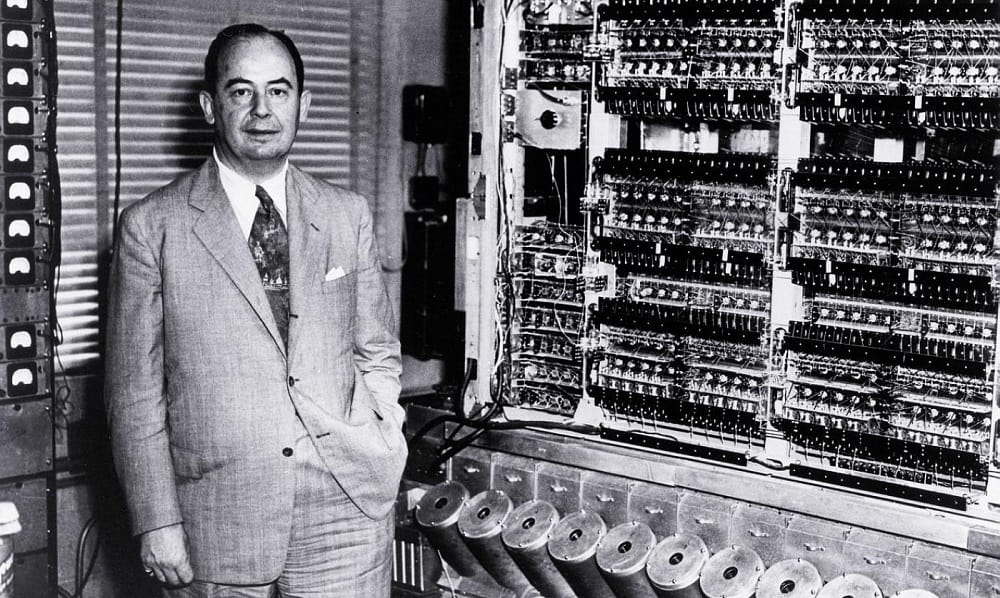
Currently, PCs are assembled from individual components, as at the dawn of the industry, and taking into account standardization, such an assembly can be carried out at home, without requiring the collector to have an impressive baggage of knowledge and significant experience in this matter.
The history of the development of computers in Russia
It cannot be said that in the USSR, cybernetics was treated in the same way as genetics – the top party leadership understood the importance of the industry. So the first computer in the country and continental Europe was created in 1951, just two years after EDVAC and 5 years after ENIAC. The Kiev Institute of Electronics, headed by Sergei Lebedev, was responsible for its development. The small electronic calculating machine of the first generation became the prototype of the following, which received serial implementation (BESM-1/2, M-20 and a number of others).
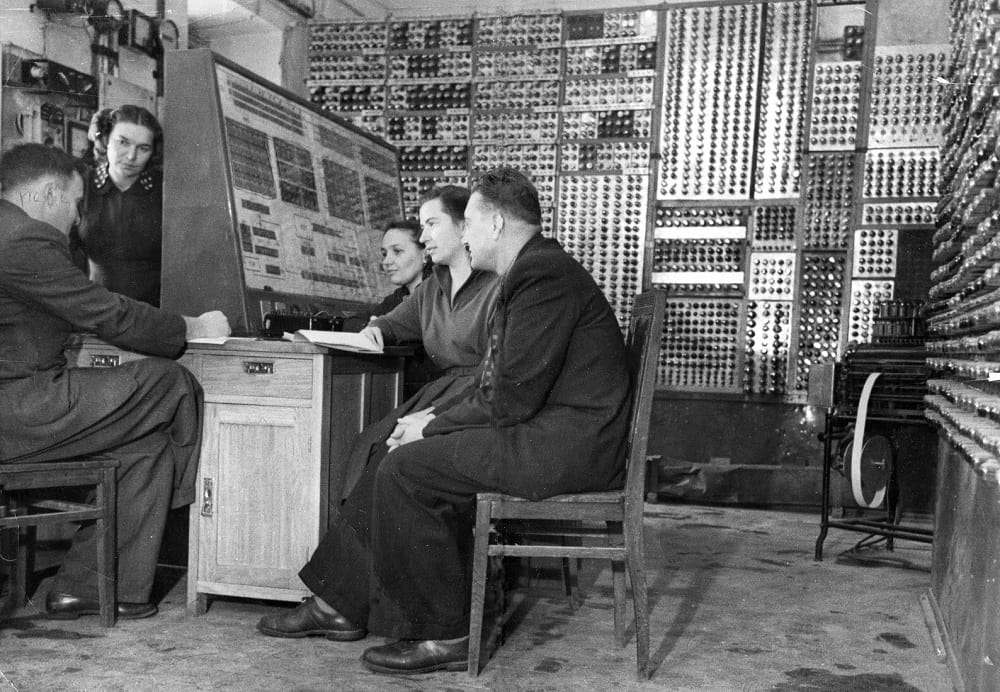
In the 60s, the production of computers on a semiconductor element base was mastered, the most famous serial product of those times was the BESM-6 machine with a capacity of over a million operations / second.

As for the first generations of portable computers, they also began to be produced with a slight lag, in 1984. This was the Agat model, followed by other personal computers – Corvette, BK-0010, UKNTs and other less well-known models. Particularly popular among the population were PCs compatible with the ZX Spectrum. A little later they were replaced by computers of the ES PC series, the architecture of which and, to a large extent, the software were copied by the IBM PC.
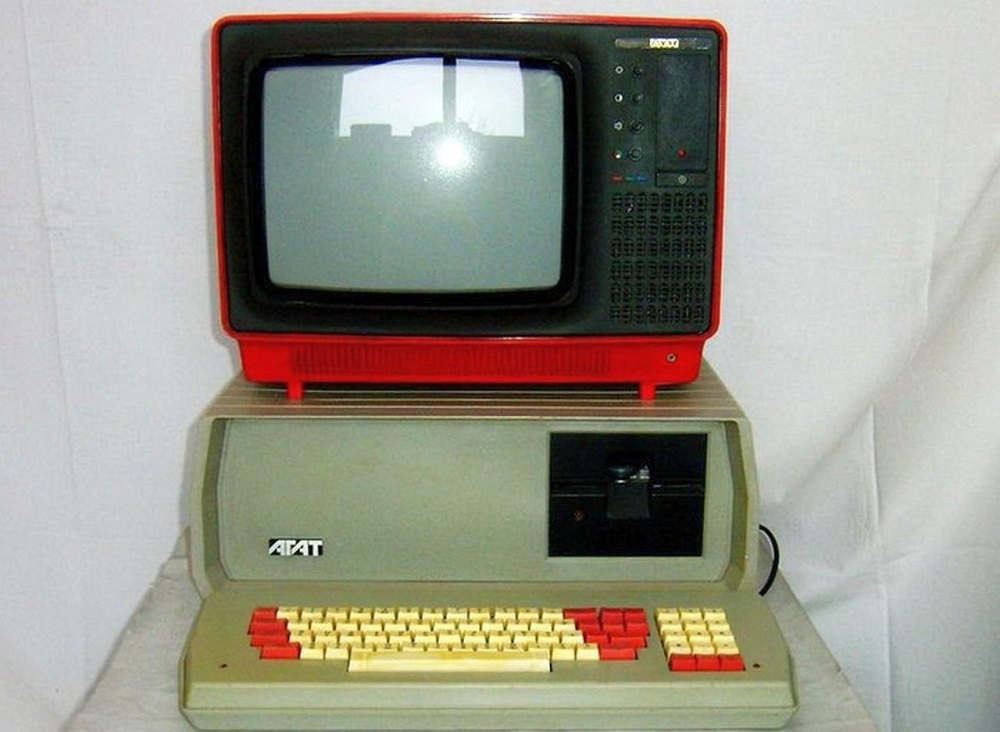
What the first computers looked like
We are already accustomed to the fact that a classic PC is a relatively small box, inside which all the necessary hardware is hidden, plus a monitor, keyboard and mouse, as well as additional peripherals such as a printer, scanner, speaker system, etc. All this economy fits easily on the desk, but with a laptop in general you can work “on your knee.”
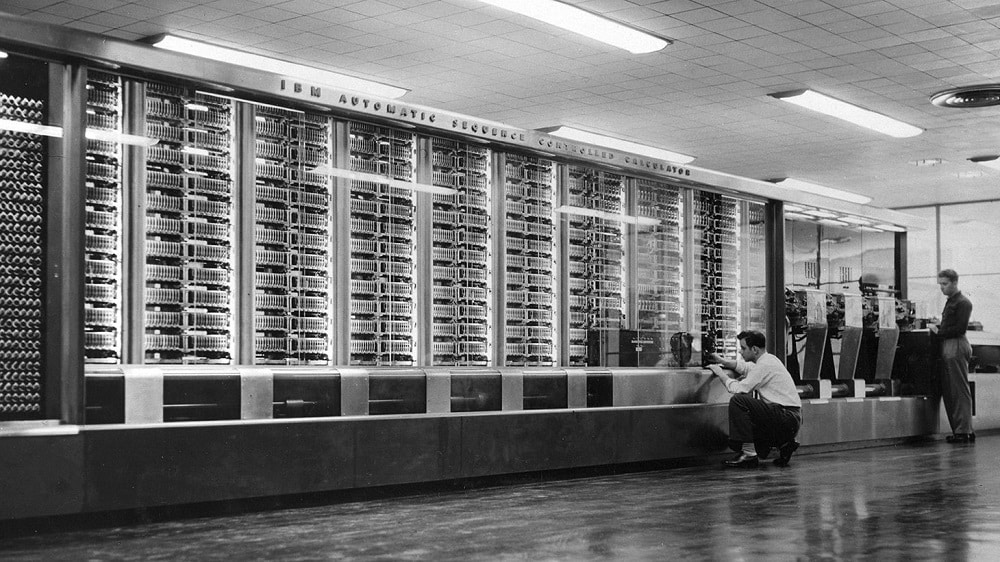
Meanwhile, the first generation of vacuum tube computers was enormous and contained thousands of relays or vacuum tubes that emit significant amounts of heat. So, the length of “MARK 1” was 17 meters, and the height of the cabinets reached 2 meters. This computer weighed about 4.5 tons, and the total length of the wires was 750 kilometers.
ENIAC was much more efficient, but also weighed more – 27 tons, while its energy consumption was enormous – 170 kW.

With the transition to transistor logic, it was possible to significantly reduce both the resource intensity and the size of computers – they were already placed in cabinets and had a performance sufficient to perform complex engineering calculations.
With the transition to microprocessor-based TTL logic, miniaturization reached the scale that allowed computers to be placed in the workplace. And although the early PC models weighed decently and were characterized by rather weak computing capabilities, improvements in the technological process of manufacturing microcircuits led to a decrease in cost and simultaneous increase in their performance, which allowed a real computer boom to erupt.
Conclusion
The history of the development of personal computers is a continuous process that continues to this day. And while Moore’s Law is no longer valid, scientists and engineers continue to find solutions that make PCs even more sophisticated and more comfortable to work with. And no science fiction writer today can predict in which direction the technologies of the future, not even the most distant ones, will develop.